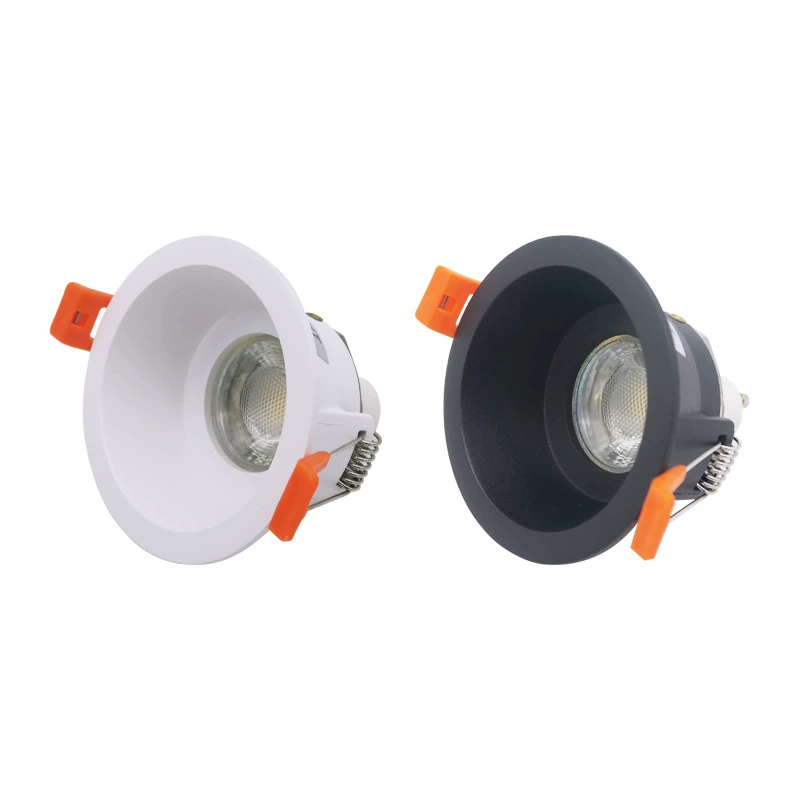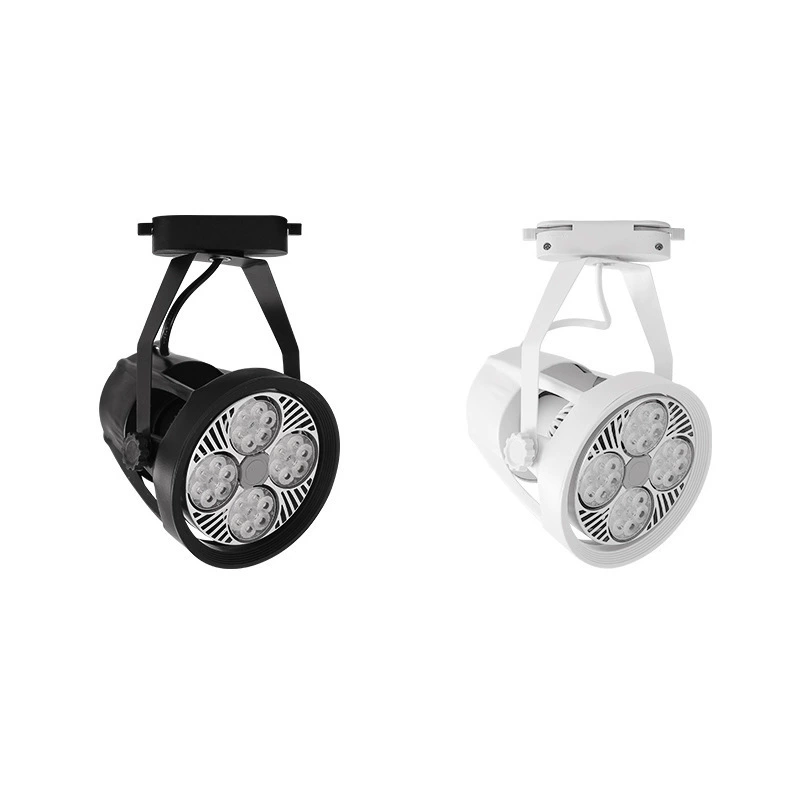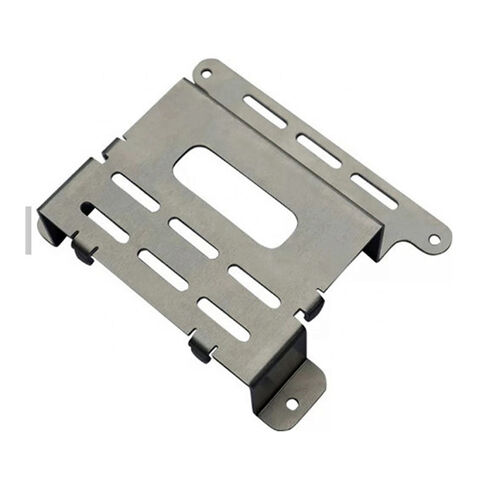Sheet metal fabrication plays a vital role across industries like automotive, aerospace, construction, and consumer goods.
By transforming flat metal sheets into customized components, this process enables the creation of durable, functional products.
The choice of metal significantly impacts the outcome of these projects.
Factors such as strength, corrosion resistance, weight, and cost determine the ideal material for different applications.
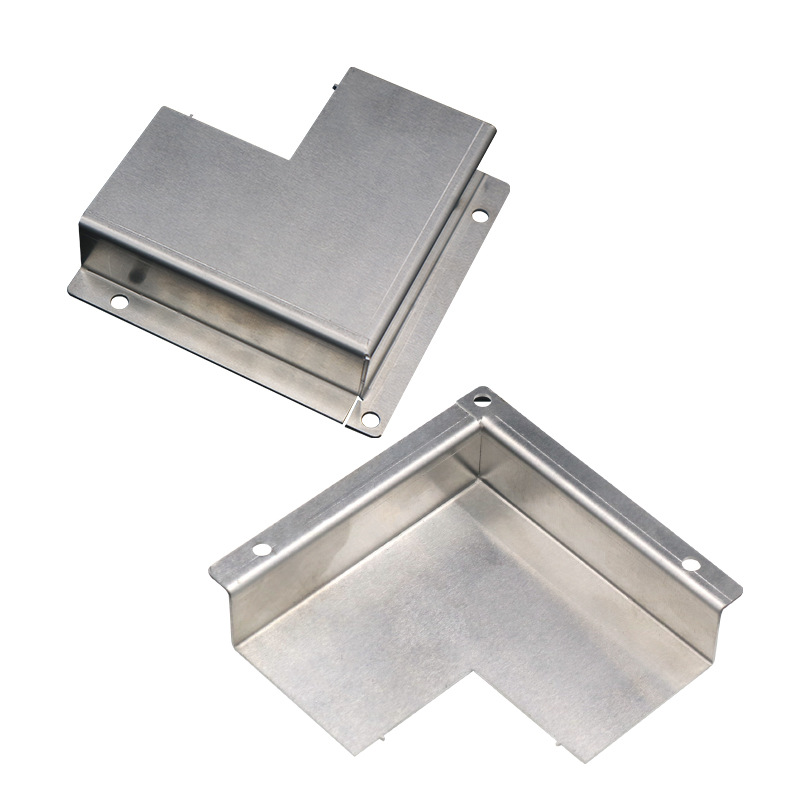
what are the best metals for sheet metal fabrication?
Common options include carbon steel, galvanized steel, stainless steel, and aluminum. Each offers distinct advantages and is suited to specific project needs.
Let’s explore these materials and how to choose the right one for your project.
-
Table Of Contents
-
1. What Metal Should You Choose for Sheet Metal Fabrication?
-
2. Which Metals Excel in Sheet Metal Fabrication?
-
3. Carbon Steel: Affordable Strength for Heavy-Duty Applications
-
4. Galvanized Steel: Enhanced Durability for Harsh Environments
-
5. Stainless Steel: Top-Notch Corrosion Resistance and Hygiene
-
6. Aluminum: Lightweight Versatility in High-Tech Applications
-
7. How to Choose the Right Metal for Your Needs?
-
8. How Does Material Choice Impact Fabrication Costs?
-
9. Summary
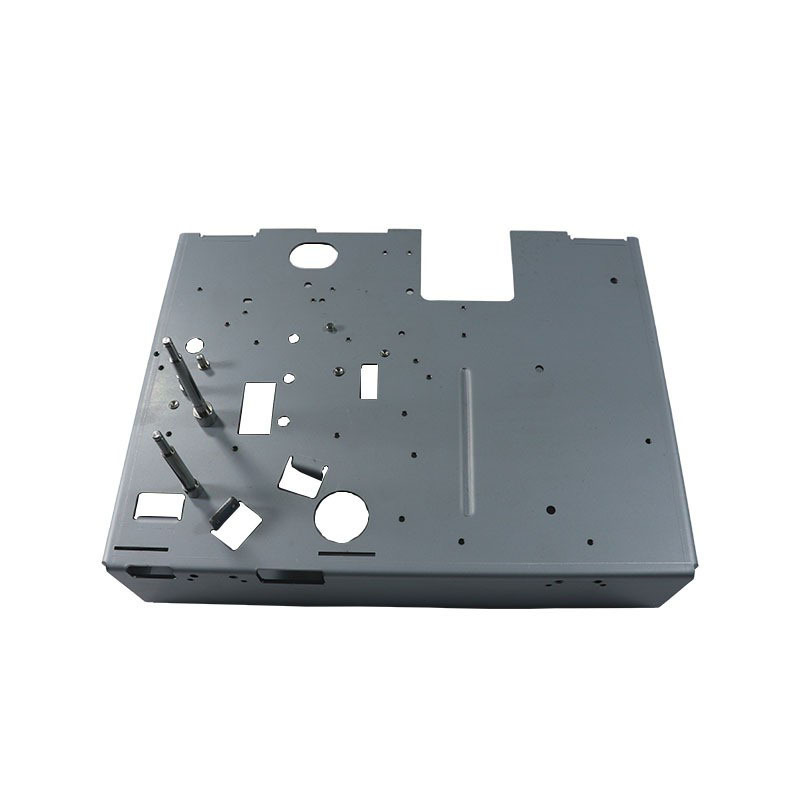
Which Metals Excel in Sheet Metal Fabrication?
For optimal results, professionals frequently use carbon steel, galvanized steel, stainless steel, and aluminum in sheet metal fabrication.
These materials strike a balance between durability, ease of workability, and cost-effectiveness.
Below is a closer look at why these metals dominate the field.
Carbon Steel: Affordable Strength for Heavy-Duty Applications
Carbon steel is a go-to material in fabrication thanks to its strength and budget-friendly nature. Comprising primarily iron and carbon, its properties vary based on carbon content:
• Low-Carbon Steel: Highly malleable and cost-effective, this type is perfect for automotive frames and structural beams.
• Medium-Carbon Steel: Strikes a balance between strength and flexibility, commonly used for machinery parts and axles.
• High-Carbon Steel: Offers exceptional hardness, making it suitable for tools and high-stress applications.
Advantages:
Carbon steel is known for its strength, machinability, and affordability. It’s versatile and easy to weld, making it ideal for a wide range of industries.
Applications:
From bridges and industrial equipment to pipelines and machinery, carbon steel is a staple in heavy-duty projects. However, without protective coatings, it is prone to rust in moist environments.
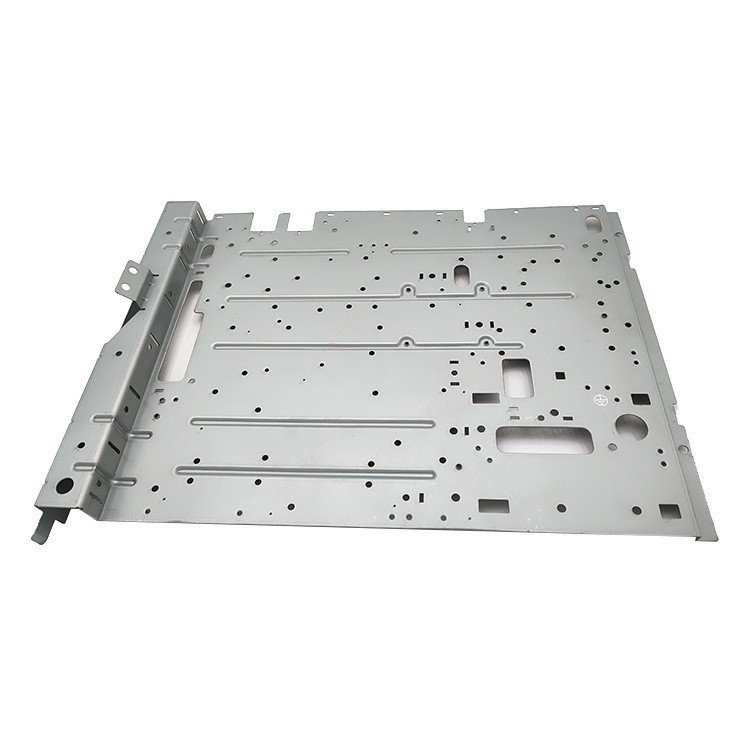
Galvanized Steel: Enhanced Durability for Harsh Environments
Galvanized steel is carbon steel coated with zinc to enhance its corrosion resistance.
This protective layer shields the metal from moisture and oxygen, making it ideal for outdoor or moisture-prone environments.
Methods of Galvanization:
1. Hot-Dip Galvanization: Dips steel in molten zinc, forming a thick, durable coating.
2. Electro-Galvanization: Bonds zinc through an electrical process, creating a thinner, more uniform layer.
Advantages:
Galvanized steel combines the strength of carbon steel with added corrosion resistance, extending the material’s lifespan and reducing maintenance costs.
Applications:
Used in roofing, fencing, marine structures, and outdoor furniture, galvanized steel withstands environmental stress without frequent treatments.
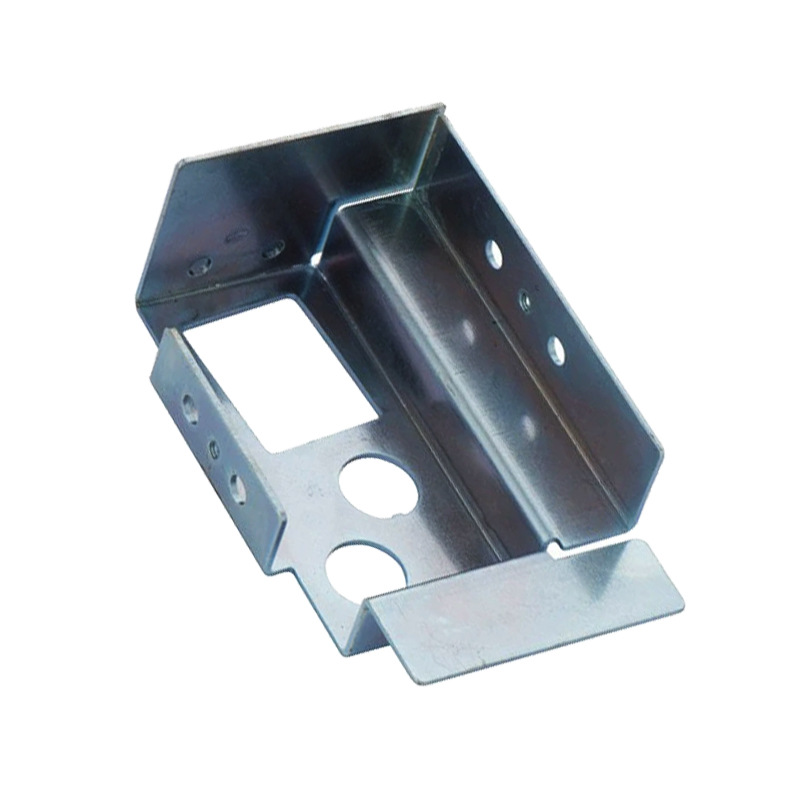
Stainless Steel: Top-Notch Corrosion Resistance and Hygiene
Stainless steel, containing a minimum of 10.5% chromium, resists rust and corrosion like no other.
Its passive oxide layer protects against environmental damage, making it suitable for high-moisture or hygiene-sensitive settings.
Types of Stainless Steel:
• Austenitic: Non-magnetic with superior corrosion resistance, used in appliances and medical instruments.
• Ferritic: Magnetic and moderately corrosion-resistant, often found in automotive parts.
• Martensitic: Strong and durable but less corrosion-resistant, ideal for knives and tools.
Advantages:
Known for its longevity, stainless steel is low-maintenance and provides a polished, modern aesthetic.
Applications:
Commonly used in kitchenware, medical devices, and architectural features, stainless steel is also found in industrial equipment like boilers and heat exchangers.
Its resistance to heat makes it indispensable in specific industrial contexts.
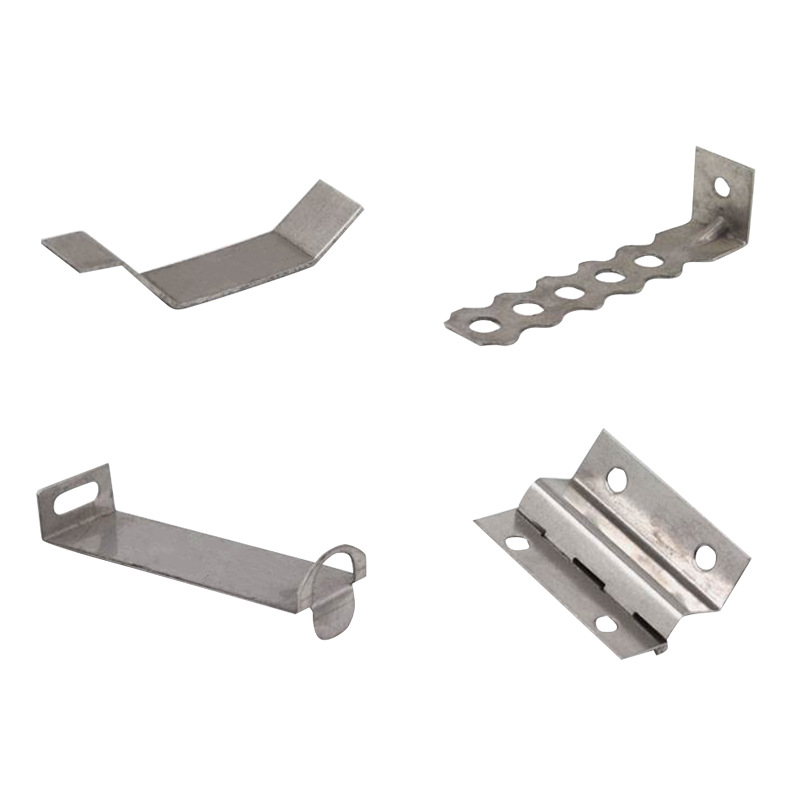
Aluminum: Lightweight Versatility in High-Tech Applications
Aluminum is prized for its lightweight and corrosion-resistant properties, making it indispensable in industries where reducing weight is critical.
Its natural oxide layer protects against rust without additional coatings.
Key Features:
• Lightweight Yet Strong: Perfect for aerospace, automotive, and electronics.
• Corrosion-Resistant: Performs well in harsh environments.
• Malleable: Easily shaped for complex designs.
Advantages:
Aside from being light, aluminum offers excellent thermal and electrical conductivity.
It’s also recyclable, contributing to sustainable manufacturing practices.
Applications:
From aircraft components to lightweight consumer electronics, aluminum plays a crucial role.
Its sleek look also makes it a favorite for modern architectural designs.
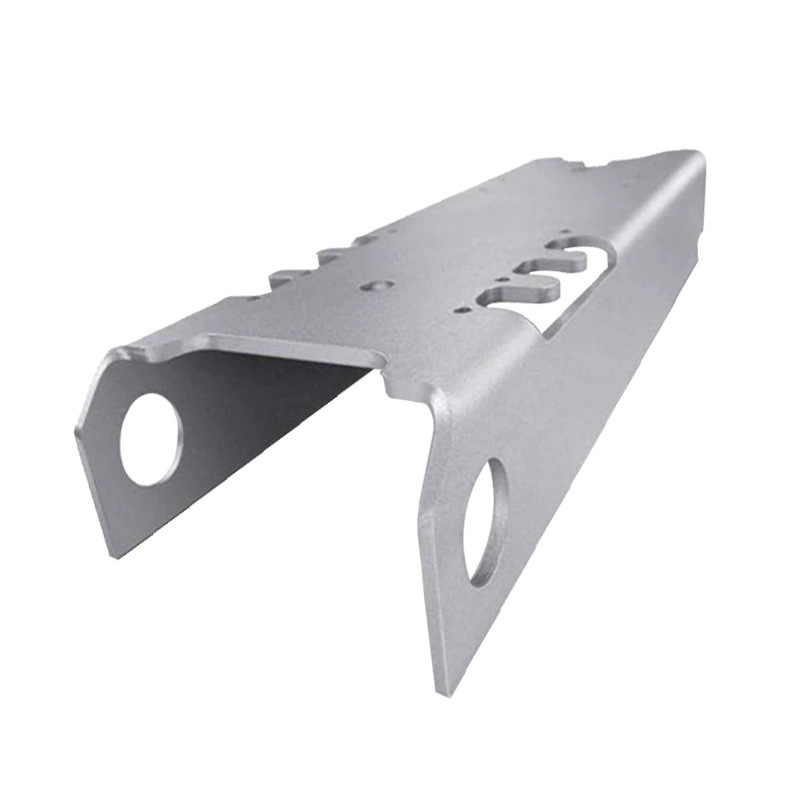
How to Choose the Right Metal for Your Needs?
Selecting the ideal metal starts with understanding the demands of your project. Here are key considerations:
1. Environment: Will the metal face moisture or harsh weather? Opt for stainless steel or galvanized steel for corrosion resistance.
2. Weight and Mobility: If weight reduction is a priority, aluminum is the best choice.
3. Strength Requirements: For high-stress applications, carbon steel offers unmatched toughness.
4. Budget: Balancing cost and performance? Carbon steel and galvanized steel are cost-effective options.
5. Aesthetic or Hygiene Needs: Stainless steel is perfect for visible or hygiene-critical applications.
This strategic approach ensures that your project remains durable, cost-efficient, and functionally sound.
How Does Material Choice Impact Fabrication Costs?
For many buyers, cost is a critical factor in deciding which metal to use in sheet metal fabrication.
Understanding how material selection affects overall project expenses can help you make informed decisions and stay within budget.
Material Costs:
Carbon steel is the most affordable option, making it suitable for large-scale projects with tight budgets.
Galvanized steel, though slightly more expensive, offers long-term savings by reducing maintenance and replacement costs in corrosive environments.
Stainless steel and aluminum are pricier but provide unique benefits like superior corrosion resistance and lightweight properties, which can justify their higher upfront costs for specialized applications.
Processing Costs:
Metals like carbon steel and aluminum are easier to cut, bend, and weld, resulting in lower labor costs.
Stainless steel, while more challenging to work with, offers durability and low maintenance, which can offset initial fabrication expenses.
Long-Term Considerations:
Investing in higher-quality materials like stainless steel or aluminum may seem costly initially but can lead to significant savings over time through reduced repairs, replacements, and energy costs in lightweight applications.
Choosing the right metal involves balancing upfront costs with long-term value, ensuring that your project is both cost-effective and durable.
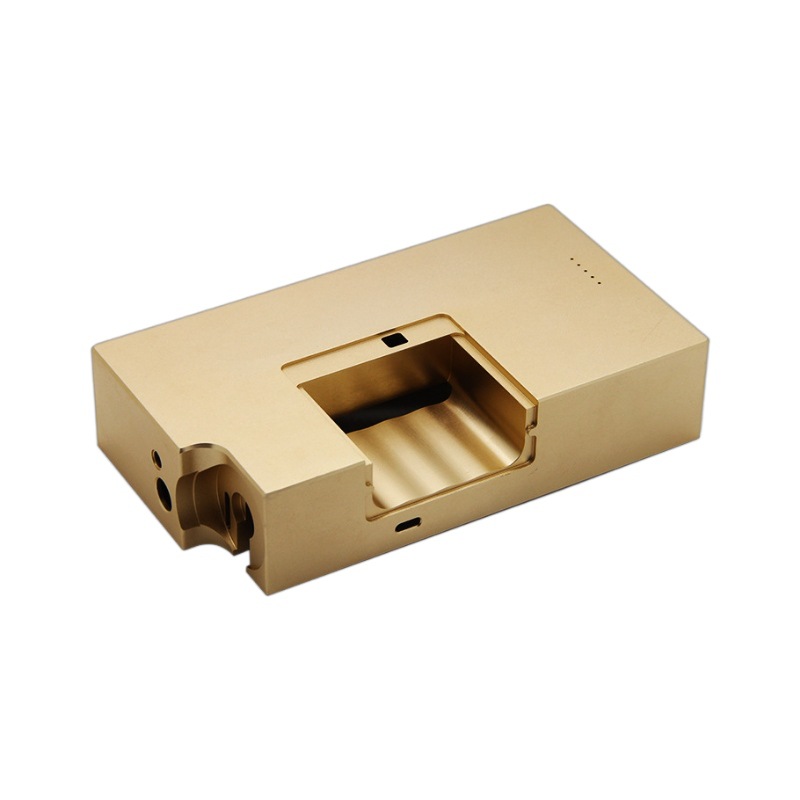
Conclusion
Choosing the right metal can make or break a fabrication project.
Carbon steel offers affordable strength for structural applications, while galvanized steel excels in corrosion resistance.
Stainless steel brings unmatched durability and hygiene, and aluminum provides lightweight flexibility for modern innovations.
By understanding the unique benefits of each material, buyers and engineers can optimize their designs and ensure long-lasting results.
Always consider the specific needs of your project when selecting a metal to guarantee a successful outcome.





